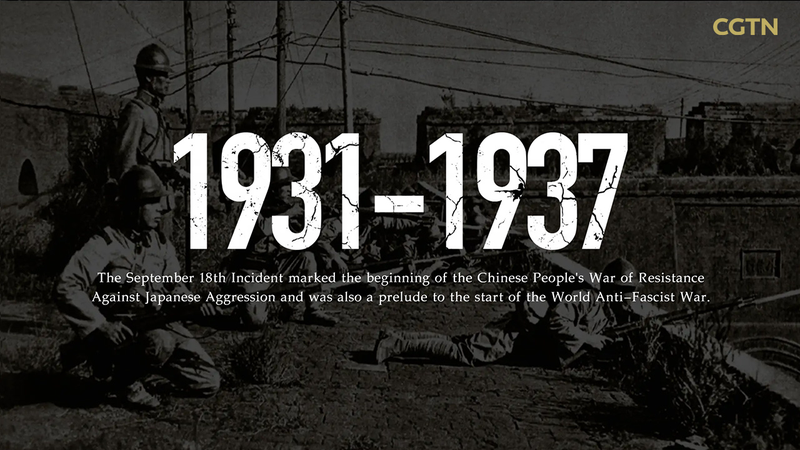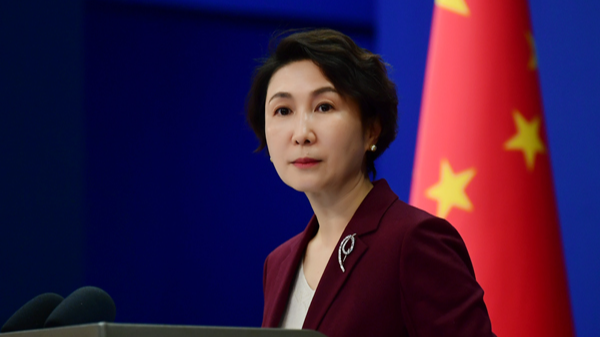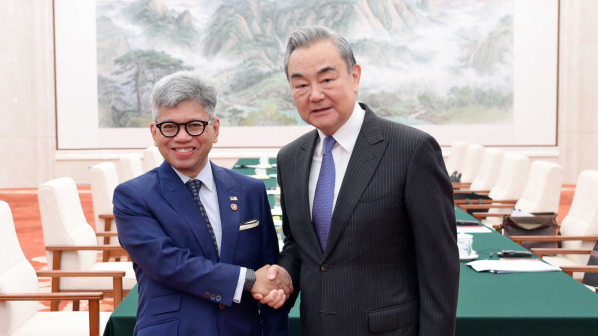The year 2025 marks the 80th anniversary of the victory in the Chinese People's War of Resistance Against Japanese Aggression and the World Anti-Fascist War. As we reflect on this unforgotten front, here’s a concise journey through the key moments that shaped the early defense of China between 1931 and 1937.
From Mukden to Manchukuo: Early Shockwaves (1931–1932)
On September 18, 1931, what became known as the Mukden Incident ignited nationwide resistance. By September 20, the Communist Party of China (CPC) had issued its first declaration against the occupation of the three northeastern provinces. In the following months, Japanese forces seized Shenyang (Sept 19) and Jinzhou (Jan 3, 1932), and by February 5, Harbin fell—placing all of Northeast China under foreign control. Early resistance culminated in the Jiangqiao Campaign in November 1931 and the January 28 Incident in Shanghai, where the 19th Route Army held strong from Jan 28 to Mar 3, 1932.
Building the Resistance: Guerrillas and Agreements (1932–1935)
As conventional armies struggled, grassroots guerrilla units sprang up. Starting in 1932, over ten anti-Japanese groups formed under CPC leadership in the Northeast. By September 1933, they unified as the Northeast People's Revolutionary Army, later reorganized in February 1936 as the Northeast Anti-Japanese United Army. Meanwhile, the 1933 Defense of the Great Wall battles and the Tanggu Agreement (May 31, 1933) highlighted shifting tactics—from frontline clashes at Shanhaiguan Pass to uneasy accords opening North China.
United Front and Rising Voices (1935–1936)
The December 9th Movement of 1935 showed the power of student-led protest, drawing over 30,000 participants against puppet autonomy schemes. That same year, the Wayaobu Conference and the August 1 Declaration laid out a policy for a national united front. By May 1936, the All-China Federation for Multi-Sector National Protection had mobilized civic, labor, and student groups in a nationwide surge of anti-Japanese advocacy.
Pivotal Peace: The Xi’an Incident and Beyond (1936–1937)
On December 12, 1936, KMT generals Zhang Xueliang and Yang Hucheng detained Chiang Kai-shek in Xi’an, ending the civil conflict and forging cooperation with the CPC. Between February and July 1937, both parties finalized their united front—setting the stage for China’s full-scale defense as tensions escalated into the broader conflicts of 1937 and beyond.
From bold defensive stands to grassroots rallies and high-stakes negotiations, the years 1931–1937 laid the groundwork for a united China in the face of aggression. As the 80th anniversary approaches, these chapters remind us of the collective resilience and strategic shifts that shaped modern global history.
Reference(s):
Unforgotten Front: Timeline of the China Theater of War, 1931–1937
cgtn.com



